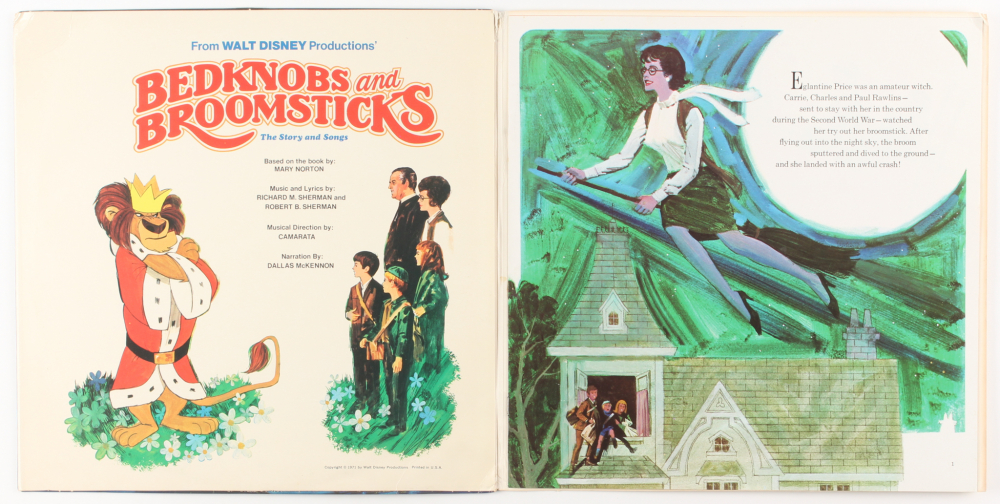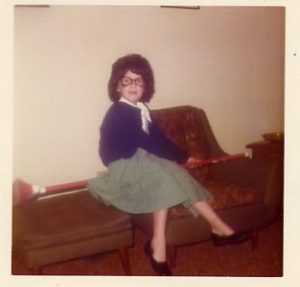The first movie in my Disney Project was the first full-length animated movie, Snow White and the Seven Dwarfs. I actually watched it because it was the first thing short enough for the time I had available to come up in the list of movies recommended for me on Disney+, but I figured it was appropriate to start with the original.
I’m not entirely certain I’ve ever seen this one all the way through. Most of it was entirely unfamiliar, but then there were moments that were very familiar. I think I may have seen clips of some of the more famous scenes. If I saw it, I was young enough that I don’t remember the experience. I had the soundtrack album, and it wasn’t my favorite because I didn’t like Snow White’s high, warbly voice. I must not have listened to it a lot because a lot of the music was unfamiliar. I knew the famous songs, like “Whistle While You Work,” “Someday My Prince Will Come,” and the Hi-Ho song, and I remembered the echo effect in “I’m Wishing.” But everything else was oddly new to me, including the prince’s song at the beginning, which you’d think would have been my jam, as I love songs with men serenading their loves and I was at peak Disney fandom at the same age I was crazy about My Fair Lady and swooned over “On the Street Where You Live,” which is along the same lines as this song.
In fact, I didn’t even remember that Snow White had run into the prince at the beginning of the movie. I know he showed up in “I’m Wishing,” but I didn’t remember that this was the movie’s “I Want” song. I’d thought that was “Someday My Prince Will Come.” So it is entirely possible that I haven’t actually seen this movie and I just had what was in my head based on the soundtrack album and a few storybooks, not all of them Disney.
One scene I thought I remembered wasn’t in the movie at all. I could have sworn that the prologue included the scene of Snow White’s mother pricking her finger, seeing the blood on her embroidery, and wishing for the daughter with skin white as snow, etc. But they don’t include that in the prologue, and the prologue isn’t dramatized. I checked the book of Disney stories I still have to see if maybe that was included there, but it wasn’t. So I must have visualized it in Disney-style animation when reading another version of the story.
I was surprised to find out just how much of this movie was dwarf antics. There’s a full 10-minute sequence (in a movie that runs under 90 minutes) of the dwarfs getting their hands inspected before dinner, then going to wash their hands, Dopey struggling with the soap, and them having to force Grumpy to wash.
During the parts with Snow White, I got really distracted by realizing how closely Amy Adams seems to have based Giselle in Enchanted on Snow White. I’d thought she was doing a generic Disney princess, but she totally nailed Snow White, from the way she walked and held her hands to her voice inflections. I guess I didn’t pick up on that because I didn’t remember or hadn’t seen the original movie.
The challenge in making this fairy tale into a full-length movie is that the heroine is pretty passive and doesn’t do all that much. She doesn’t actually have a story goal. She has a dream/personal goal — the thing she already wants before the story begins — as we see in her “I Want” song. She wants someone to love her. In fact, this may be the very first “I Want” song. That’s become a staple of Disney films, and it shows up in a lot of musical theater. This is the first Disney film of this sort, and at that time musical theater tended to be revues with very thin plots, not the kind of dramas with music that came later. I’m not an opera fan, so I don’t know if the concept of the “I Want” song shows up there or in operettas. It’s a neat way to introduce a character and make the audience identify with them. When I’m developing a character, one exercise I like to go through is imagining what their “I Want” song would be if my story became a musical. What would they sing about wanting?
The story goal is what happens after something upsets the status quo and sends the protagonist off to do something. In this story, I guess that’s when the Huntsman sends Snow White away. That changes her status quo, and her goal then becomes to find a new home, but then she gets that halfway through the movie and doesn’t really do anything else. Structurally, the Evil Queen is the protagonist. Her personal goal is to be the fairest of them all. Then her status quo is upset when the mirror tells her Snow White is the fairest, so her new story goal is to eliminate Snow White. She first tries sending the Huntsman to kill her, then she transforms herself into a crone and tries to convince her to eat the poisoned apple. But she doesn’t get to enjoy being the fairest because she gets struck by lightning before she transforms back into her beautiful self. We never see a body, though, so there’s room for Snow White II: The Queen Strikes Back.
This movie establishes the early Disney model of the prince being basically a nonentity. He doesn’t get an onscreen name, and he doesn’t get to say or do much. He has no personality other than “into Snow White.” He has no goals. But he does get a whole song, which is better than a lot of Disney princes get. I remember that it always frustrated me when I was a kid that they’d cast a really good singer as the prince in these movies, and then he’d get maybe a couple of lines in one song.
Supposedly, Snow White is 14 in this movie, though there’s nothing onscreen to say so specifically. She’s kind of an idiot, very childlike, and we don’t actually see a wedding, so we can pretend the prince just took her back home. The prince also looks pretty ambiguous in age, so maybe he’s 16 and it’s not that creepy that he’s flirting with her at the beginning. If the queen is her stepmother and her father is dead, then Snow White is actually the rightful queen all along. Otherwise, it would be like Camilla just taking over after Charles dies instead of William becoming king. They show the passage of time while Snow White’s in the glass coffin, so I have to wonder who’s been running the kingdom all this time. Did the people figure out that they don’t need a king or queen, so that Snow comes home to some kind of worker’s collective?
And now I kind of want to write that story. I guess if I hear about a call for submissions on a fairy tale theme where they want you to write from another angle, I have my idea.
I do love the hand-drawn animation. I’m not a huge fan of their computer animation character design, especially the way the female characters have those huge baby doll heads with giant eyes on the sides of their heads, like prey animals. There’s such richness and depth in the artwork. You can tell it was done with great care.
I was going to watch Cinderella this weekend and stay in the Classic era, but in a weird bit of synchronicity, it turns out that my pastor’s summer sermon series is based on Disney animated films, and this weekend he’s doing The Little Mermaid. He’s tying it to the live-action version release, but he said watching the animated version will do. For summers, he does sermons related to movies, using them as ways to illustrate spiritual truths. Pre-pandemic, they’d have viewing parties at the church on Saturday nights. Now they encourage family movie nights.




